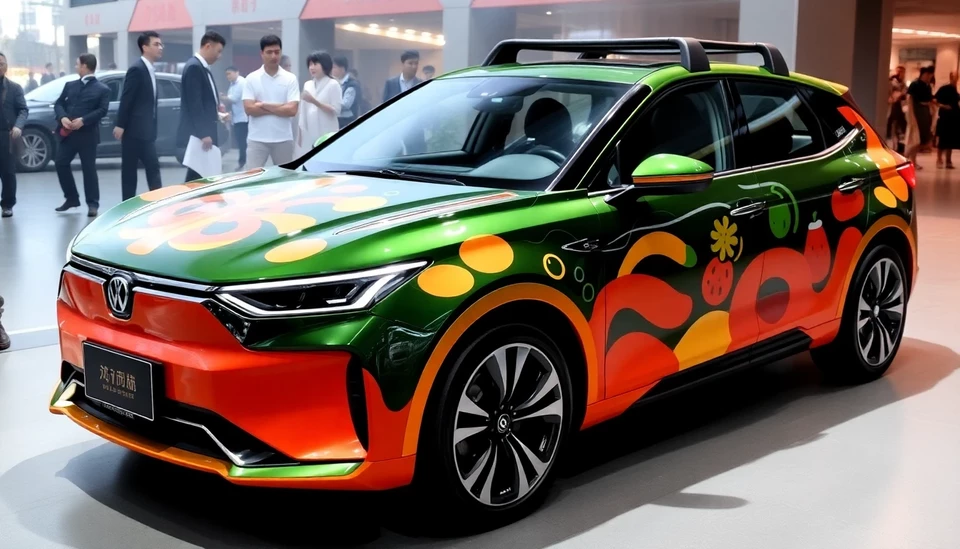
The Chinese automotive market has always been notorious for its innovative and often eccentric marketing tactics. Recently, it has stirred up a unique concoction—combining delicious culinary themes with high-performance vehicles. This unusual fusion has entered the realm of gimmicks, prompting industry watchers to question whether the charm of novelty is taking precedence over practicality.
Chinese automaker Geely has recently made waves with its newest model, which features a functioning hotpot system. This innovative concept allows passengers to enjoy a steamy meal right in the comfort of their vehicle. While some consumers embrace the idea of enjoying a hotpot experience during their commute, others have raised concerns about safety and hygiene. With the additional heat and potential for spills, critics fear that such features could become more of a liability than an enhancement.
Geely is not alone in this trend. The Chinese car market has seen several models incorporating unusual elements. From tech-infused interiors to quirky design features, manufacturers are constantly competing for attention. The latest gimmicks appear to blur the line between usability and mere spectacle, leading experts to reflect on the potential impact this has on traditions of automotive engineering.
Moreover, the integration of culinary features extends beyond just hotpot. Various companies in China have introduced cars equipped with mini-bar setups, coffee makers, and even ambient lighting that mimics fine dining experiences. While these additions may appeal to a niche market, the practicality of using such features while driving raises eyebrows among safety advocates.
Industry analysts argue that while innovation is crucial for attracting customers, excessive gimmicks may detract from the core elements that sell a car—reliability, safety, and performance. Some consumers express skepticism toward these odd blends, indicating that they'd prefer companies to focus more on enhancing the driving experience rather than diversifying into unrelated arenas.
As the landscape of car manufacturing evolves in China, it is clear that manufacturers are on a mission to stand out in a crowded market. However, as the saying goes, there is a fine line between genius and madness. It remains to be seen whether these culinary car features will become a lasting trend or simply a passing fad in the highly competitive and ever-evolving automotive industry.
In summary, as Chinese companies experiment with mixing automotive performance with culinary experiences, the question arises: has the allure of quirky additions obscured the essential functions and features that consumers truly value? The upcoming months will reveal whether this fusion of automotive and culinary culture will propel manufacturers forward, or if it will lead them off the road and into a dead end.
#ChineseAutoIndustry #HotpotCars #AutomotiveInnovation #Geely #CarGimmicks
Author: Sophie Bennett




